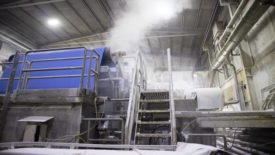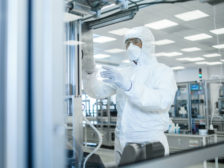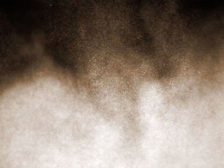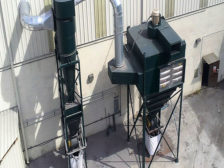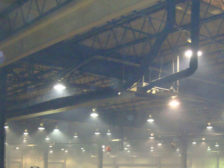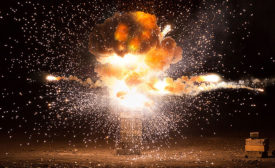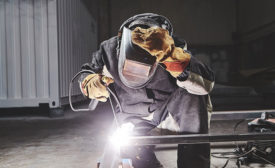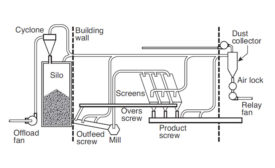Home » Keywords: » Combustible dust
Items Tagged with 'Combustible dust'
ARTICLES
Learn how to analyze and identify hazards to protect workers
Read More
NFPA 660: One combustible dust standard to rule them all
Answers to common questions about the upcoming changes
February 8, 2023
Don't take risks with dust hazards
Only qualified persons should manage dust hazards due to explosion risk and liability
July 15, 2021
Get our new eMagazine delivered to your inbox every month.
Stay in the know on the latest safety trends.
SUBSCRIBE TODAYCopyright ©2024. All Rights Reserved BNP Media.
Design, CMS, Hosting & Web Development :: ePublishing
